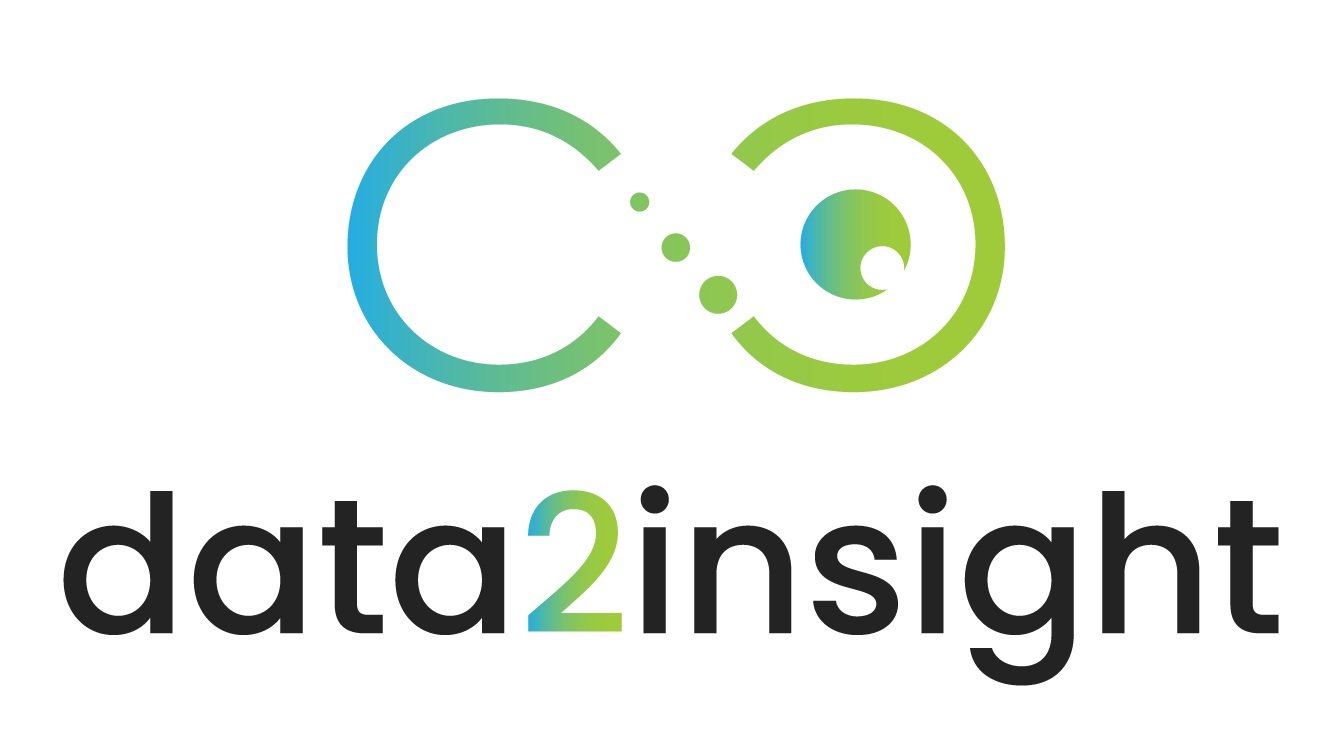Engaging Teachers in STEM Curriculum and Assessment Development
Data2insight recently worked with Washington Global Health Alliance (WGHA), a consortium of research universities and non-profit organizations in Washington state, on the evaluation of an interdisciplinary curriculum program called Ambassadors. WGHA Ambassadors (WGHAA) aims to give high school students a well-rounded perspective of global health and how global health challenges need to be met by creative new ideas.
A key part of this pilot program was the development of 11th grade algebra, chemistry and United States history curricula organized around global health diseases. The curricula was designed by high school teachers using a framework called Understanding By Design led by Laughing Crow Curriculum experts.
As an external evaluator, Veronica Smith, data2insight lead executive and equitable scientist, provided teacher professional development on formative and summative learning assessment because one key evaluation question was “What have students learned from WGHAA lessons?” In partnership with the curriculum design expert, we facilitated workshops over the course of a year that provided the framework for assessment for learning (formative) and assessment of learning (summative). The results of this hybrid professional development-curriculum design-evaluation effort included:
A pretest-posttest and scoring guide used to measure learning gains in algebra, chemistry and U.S. history for both teachers and program evaluators.
42 formative lesson assessments with scoring guides, some of which were used as common assessments across same-subject classrooms for evaluation of learning gains from core lessons
Teachers reported a better sense of what to assess, how and when to assess, and felt they could develop better learning assessments
Rad Resources
Thanks to funding by The Bill and Melinda Gates Foundation and WGHA, this curriculum is free from the WGHAA website.
We used Teacher-Made Assessments, by Christopher R. Gareis and Leslie W. Grant, to guide development of the pretest-posttest. The “How Do I Create a Good Test?” chapter provides a systematic process for test development that aligns with the use of Bloom’s taxonomy of cognitive demand.
For in-service sessions with teachers, I used formative assessment classroom techniques (FACTs) from Page Keeley’s book, Science Formative Assessments. This book provides teachers with research-based guidance, suggestions and techniques for using formative assessment to improve teaching and learning in K-12 science classrooms, and can be used for other disciplines as well.
Lesson Learned
Asking teachers at the beginning what topics would be most useful for them resulted in workshops on classroom formative assessment, student self-assessment and using assessment data. Developing training based on teacher preference helped ensure participant engagement and topic relevance.
For a copy of the WGHAA evaluation report, email your request to veronicasmith@data2insight.com.
Read more here.

